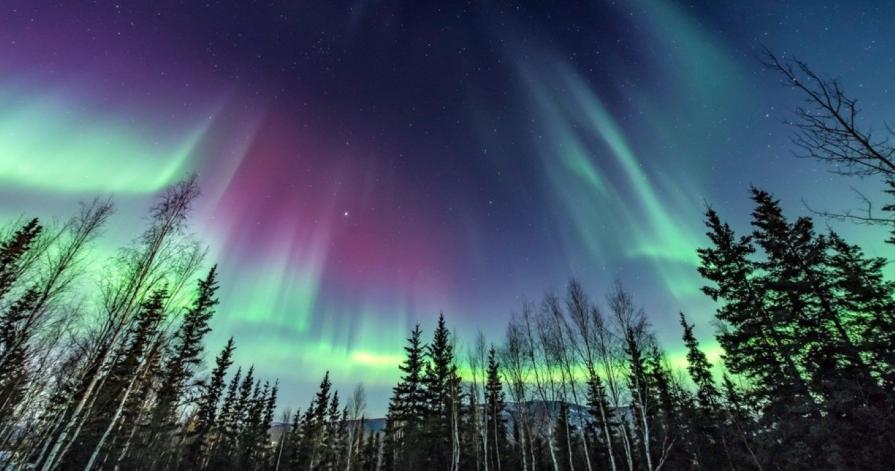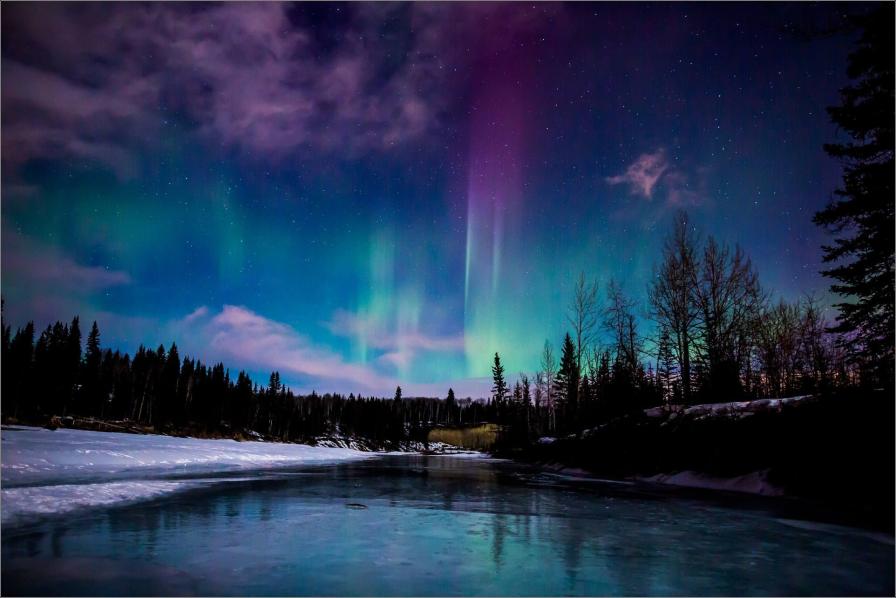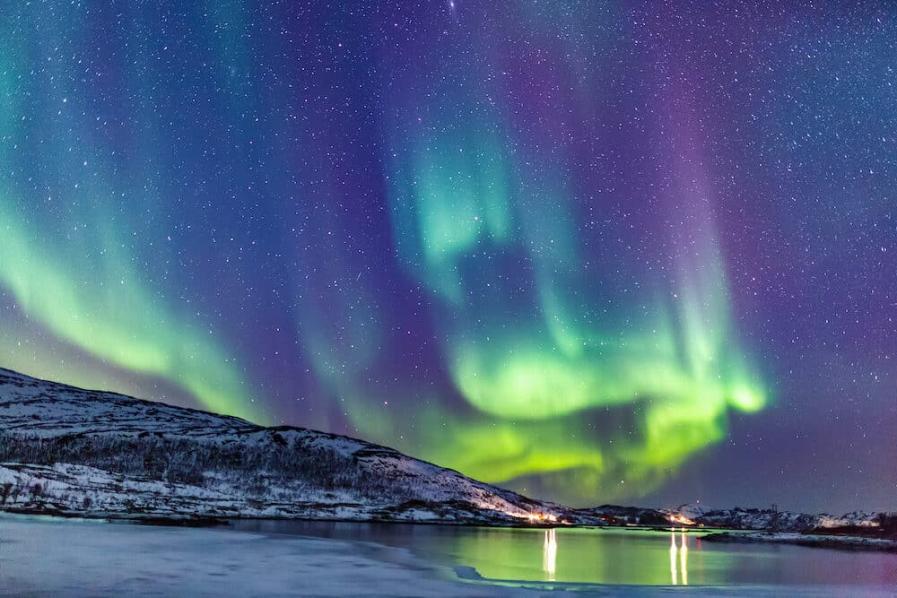How Can I Capture Stunning Photographs of the Northern Lights?
The Northern Lights, also known as the Aurora Borealis, are a breathtaking celestial display that captivates the imagination. With their vibrant colors and ethereal movements, they offer photographers a unique and challenging subject to capture. Here are some essential tips and techniques to help you capture stunning photographs of the Aurora Borealis:

I. Understanding The Northern Lights
The Northern Lights are caused by the interaction of charged particles from the sun with the Earth's magnetic field. These particles enter the atmosphere near the magnetic poles and collide with atoms and molecules, causing them to emit light. The color of the aurora depends on the type of atom or molecule that is excited.
The visibility of the Northern Lights is influenced by several factors, including solar activity, geomagnetic conditions, and weather. Solar activity is highest during the solar maximum, which occurs every 11 years. During this time, the sun emits more charged particles, increasing the likelihood of seeing the aurora. Geomagnetic conditions also play a role, as the aurora is most visible during periods of high geomagnetic activity. Finally, clear weather is essential for viewing the aurora, as clouds can block the light.
The best viewing locations for the Northern Lights are in high-latitude regions, such as Alaska, Canada, Norway, and Sweden. The best time to see the aurora is during the winter months, when the nights are longer and the skies are darker.
II. Essential Equipment And Settings

To capture stunning photographs of the Northern Lights, you will need the following equipment:
- Camera: A DSLR or mirrorless camera with manual controls is essential. This will allow you to adjust the camera's settings to capture the best possible image.
- Lens: A wide-angle lens with a fast aperture (f/8 or wider) is ideal for photographing the Northern Lights. This will allow you to capture a wide field of view and minimize star trails.
- Tripod: A tripod is essential for stability and long exposures. This will help you to avoid camera shake and capture sharp images.
- Remote shutter release: A remote shutter release will allow you to trigger the camera without touching it, which will help to prevent camera shake.
When setting up your camera to photograph the Northern Lights, use the following settings:
- Manual mode: This will give you complete control over the camera's settings.
- Low ISO: Use an ISO of 800-1600 to minimize noise.
- Long exposure: Use a shutter speed of 15-30 seconds to capture the movement of the aurora.
- Wide aperture: Use an aperture of f/8 or wider to let in as much light as possible.
III. Composition And Techniques

In addition to the technical aspects of photography, composition and technique also play an important role in capturing stunning photographs of the Northern Lights. Here are some tips:
- Composition: Use the rule of thirds, leading lines, and foreground elements to create a visually appealing image.
- Focus: Manually focus your lens on infinity or a nearby object to ensure that the aurora is sharp.
- White balance: Adjust the white balance to "Kelvin" mode to get an accurate color rendition of the aurora.
- Exposure: Experiment with different shutter speeds and apertures to capture the desired brightness of the aurora.
- Light painting: Use a flashlight to illuminate foreground elements, such as trees or rocks, to add depth and interest to your image.
IV. Post-Processing
Once you have captured your images, you can use post-processing software to enhance them. Here are some tips:
- Raw file editing: Adjust the exposure, contrast, and white balance of your raw files to get the best possible image.
- Noise reduction: Use noise reduction software to minimize digital noise in your low-light images.
- Color correction: Enhance the vibrant colors of the Northern Lights using color correction tools.
- Cropping and composition: Crop and recompose your image to fine-tune the impact.
V. Additional Tips
Here are some additional tips for capturing stunning photographs of the Northern Lights:
- Plan your trip: Check aurora forecasts and weather conditions before you go. This will help you to increase your chances of seeing the aurora and getting the best possible images.
- Dress warmly: Protect yourself from the frigid temperatures by dressing in warm layers.
- Be patient: Wait for the perfect moment and experiment with different settings to capture the best possible image.
- Respect the environment: Leave no trace and minimize light pollution.
VI. Conclusion
Capturing stunning photographs of the Northern Lights is a challenging but rewarding experience. By following these tips and techniques, you can increase your chances of capturing breathtaking images of this celestial phenomenon. Embrace the experience, experiment with different settings, and share your images with the world. Plan your own aurora-chasing adventure and witness the magic of the Northern Lights firsthand.
YesNo

Leave a Reply